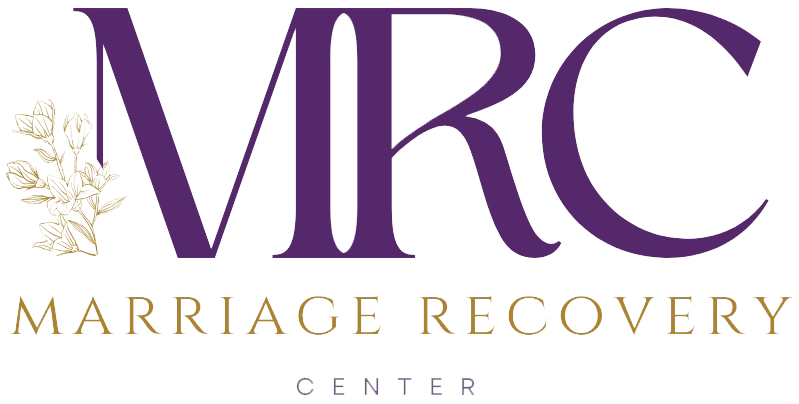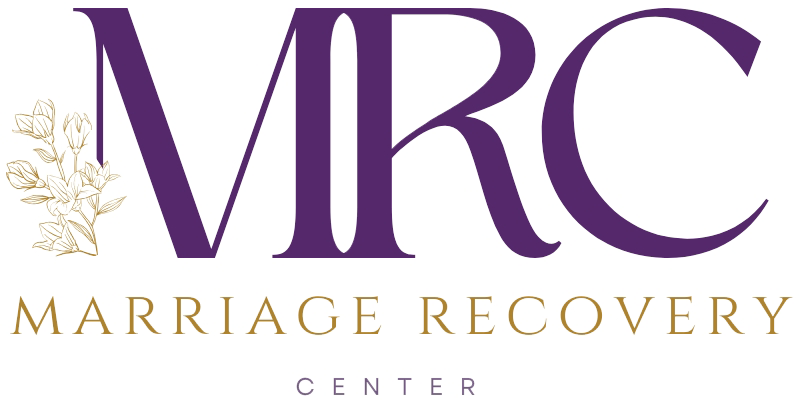Dr. David Hawkins, Director of The Marriage Recovery Center, warns about the dangers of trying to rationalize, challenge or try confronting an emotional abuser, calling it “emotional quicksand.” He cautions you to discern whether the conversation will be safe, marked by accurate empathy, validation, and reflective listening. If these markers are not present, be VERY careful–you will get stuck in emotional quicksand.
The Risks of Confronting an Emotional Abuser
Emotional abuse can be a challenging and distressing experience for those who find themselves entangled with a narcissistic and emotionally abusive individual. Confronting such a person may seem like a natural and necessary step to address the issues at hand. However, it is essential to understand the risks involved in engaging with an emotional abuser, as it can often lead to emotional quicksand. In this article, we will explore the dangers of confronting an emotional abuser and provide insights to help individuals navigate these difficult situations.
Emotional Quicksand: Sinking Deeper into Turmoil
Imagine walking along a seemingly safe path and suddenly finding yourself sinking into quicksand. The more you struggle, the more entangled and trapped you become. Emotional quicksand is comparable to this situation, where confronting a narcissistic and emotionally abusive person leads to further entanglement and loss of personal freedom. Despite having genuine intentions of addressing concerns or offering constructive criticism, the emotional abuser’s inability to accept criticism in a healthy way can quickly escalate the situation.
Recognizing the Signs of Emotional Quicksand
It is crucial to be aware of the signs indicating emotional quicksand before engaging in any dialogue with an emotional abuser. Self-awareness becomes paramount in these situations. Consider whether the person is emotionally available, centered, and capable of accepting and valuing your feelings. Emotional stability, sobriety, empathy, and validation are essential components that should be present in a healthy exchange. If the emotional abuser displays defensiveness, criticism, or an unwillingness to take responsibility, it is a clear indication of emotional quicksand.
Monitoring the Conversation for Safety
Once engaged in a conversation with an emotional abuser, it is vital to monitor the interaction for signs of safety or potential danger. Assess whether the person is receptive, empathetic, and genuinely interested in understanding your experiences. Healthy conversations involve validating your concerns, actively listening, and displaying care and concern for your emotions. However, if the conversation turns into emotional quicksand with the abuser shifting blame, justifying actions, or confusing the situation, it is essential to be cautious. Emotional quicksand erodes your sense of self and steals your joy, leaving you feeling trapped and unheard.
Mindfulness and Creating Boundaries
Remaining mindful of your emotional well-being and evaluating whether the emotional abuser can genuinely listen and understand is crucial. Sometimes, the abuser may not possess the emotional maturity to engage in healthy dialogue, perpetuating a lack of safety. In such cases, it might be necessary to create emotional distance and establish boundaries. Separating yourself emotionally from the abuser allows you to protect your well-being and avoid the dangers of emotional quicksand. Seek support from professionals, such as clinicians or counselors, who can provide guidance and help create a safe environment for necessary conversations.
Prioritizing Safety and Emotional Well-being
In summary, confronting an emotional abuser comes with inherent risks that can lead to emotional quicksand. Safeguarding your emotional well-being is paramount in these situations. Stay vigilant, assess your own emotions, and be aware of the emotional state of the abuser. Monitoring the conversation for safety and determining whether the abuser can genuinely listen and empathize is crucial. Remember that emotional quicksand can be damaging, stealing your joy and sense of self. Seek support, both for yourself and the abuser if appropriate, and prioritize your safety and well-being.
Battling emotional abuse can take a significant toll, affecting you physically, emotionally, and spiritually. Therefore, it is essential to remain mindful of your emotions, recognize signs of emotional quicksand, and seek the help and support needed to navigate through these challenging relationships. By keeping yourself safe, you can gain clarity on the best course of action and make informed decisions about the future of the relationship.
Remember, you have the power to protect your heart and prioritize your well-being. Seek professional help, reach out to supportive individuals, and take the necessary steps towards healing and reclaiming your life from the clutches of emotional abuse.
To learn how we can help, reach out to us at (206) 219-0145 or info@marriagerecoverycenter.com to speak with a Client Care Specialist
Also read: Are you a Narcissist? Take This Simple Test
About Dr. Hawkins:
The internet is inundated with hyperbole and misinformation about narcissism, leaving many people confused and hopeless. Get the facts on narcissism and emotional abuse from someone who has been researching, writing about and treating narcissism and emotional abuse for over a decade.
Dr. Hawkins is a best-selling author and clinical psychologist with over three decades of experience helping people break unhealthy patterns and build healthier relationships.
He is the founder and director of the Marriage Recovery Center and the Emotional Abuse Institute which offers education, training and counseling for people who want to break free of, and heal from, emotional abuse. Whether the perpetrator of the abuse is your spouse, partner, parent, boss, friend or family member, we offer practical advice for anyone trapped in a toxic, destructive relationship.
In addition to narcissism & emotional abuse, you’ll learn about the lesser known forms of abuse, including covert abuse, reactive abuse, spiritual abuse, secondary abuse, relationship trauma and much more.








